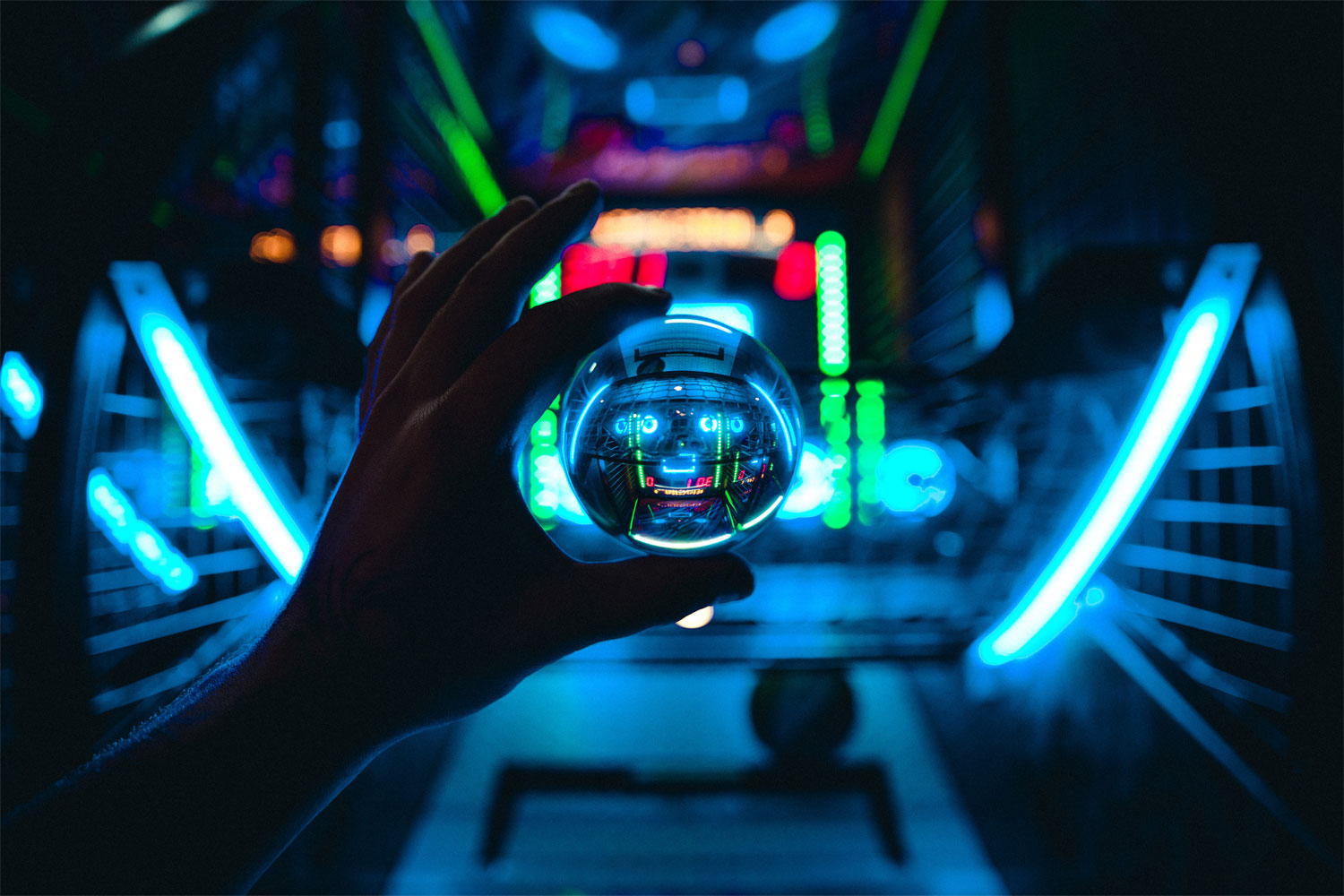This excerpt is featured in an article originally published by Digiday.
Instead of trekking to the Las Vegas Convention Center, Omnicom’s clients were able to sit for an hourlong “whistle-stop tour” of the CES show floor that the agency holding company hosted at the Bellagio on Wednesday morning. Annalect CEO for North America Erin Matts and Resolution Media president George Manas surveyed 100 different products at 11 p.m. the night before and presented what they considered the best of CES.
“If there was one pervasive theme, it’s what we call ‘practical genius,’” Manas said. “We’re moving away from the trend of bright shiny object syndrome and into a space where technology is finally becoming more useful in a way that has been promised for so long.”
Home: Matts picked up on a trend of technology intended to make people’s homes healthier environments. That included a generator called Genny from Watergen that converts air into 25 liters of water a day and can double as a dehumidifier. Bonus: “If the apocalypse comes and you don’t have to access to fresh water, you can pick up a Genny,” quipped Matts, a joke that’s less funny to anyone who remembers the end of “The Big Short.”
TV screens: The bigger that TV screens become, the more of an eyesore they can be. But Samsung showed off a transparent TV screen that’s meant to blend into the environment (while not part of the presentation, also at CES LG presented a TV screen that can be rolled down into a cabinet when not in use).
In-car entertainment: “Screens aren’t limited to the living room anymore,” said Manas. He used the term “driving room” to describe the screens popping up for a future in which everyone cruises around in self-driving cars. Audi and Disney have collaborated on a product called “Holoride,” in which people wear VR headsets during a drive and can play VR games that mimic the ride by tailoring what happens in the VR experience to the actual driving experience, such as moving at the speed of the car and turning when the car does. “For folks who live in New Jersey and don’t want to pay attention to certain parts, it’s a great way to completely tune out and fly with Star Wars,” said Manas.
VR and AR: Even though people are hardly buying VR headsets, companies are hoping they will also buy VR accessories, like a full-body suit that vibrates to give a physical sensation to match what goes on in a virtual experience. The company behind that suit is called Teslasuit, which has no relation to Tesla the car company. “They may be facing a different kind of suit,” said Matts.
Wearables: Internet-connected watches and headphones and even necklaces have been a thing at CES for years. But this year Manas noticed more of a focus around self-improvement, self-care and self-awareness. EyeForcer has a pair of glasses that tackles “tech neck” by turning off an app on a person’s phone when they’ve been hunched over the screen for too long. And Embr Wave had a wristband that is supposed to cool people’s body temperatures in place of the neck air conditioners that can make people look like a victim of whiplash.
Retail: ShopPal has a robot that will automatically follow people around a store, has a storage container with an electronic lock and can be used to charge a phone while shopping. Still sounds awkward, but somehow potentially more realistic than XPOS’s point-of-sale system that lets people buy products in brick-and-mortar stores using cryptocurrency.
Medical devices: Butterfly iQ has a pocket-sized ultrasound device for the 4.7 billion people around the world that don’t have access to advanced medical imaging technology. Surgflix will use digital 3D visualizations for surgeons to watch livestreams of other surgeons’ procedures (“there probably won’t be pre-roll opportunities,” said Manas). And Yo Home Sperm Test is a product for men to test their fertility at home and compare how they rank against a worldwide database, which could lead to the weirdest kinds of Tinder bios.
Tech for good: Forget the self-driving cars and crypto-whatever, this is the tech that really matters. Bonocle is a device that looks like a mouse and can convert any surface to act as Braille paper. Helpicto converts text into pictograms to help people with developmental challenges and autism learn. Oticon Kaizn is an artificially intelligent assistant for hearing aids that can adjust sound based on a person’s preferred noise levels. And SmartEar converts sounds like doorbells into push notifications on people’s phones to assist people with hearing disabilities “to see the sounds around them,” said Manas.


